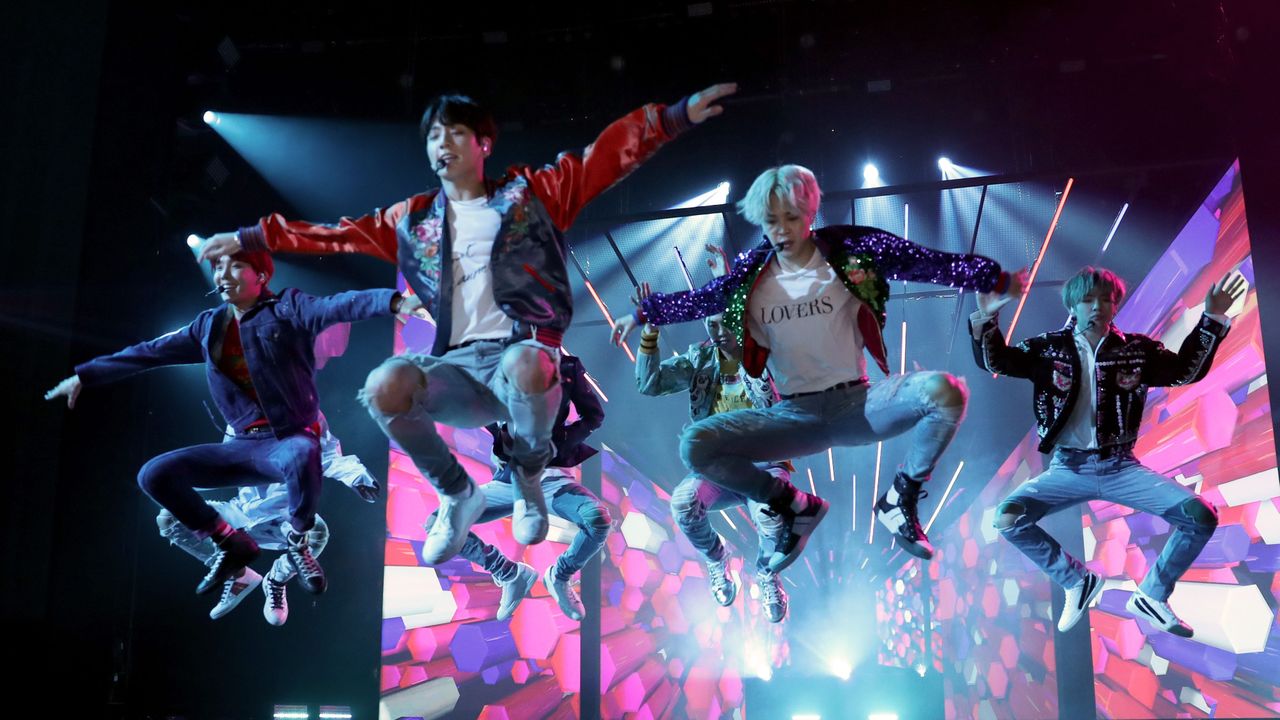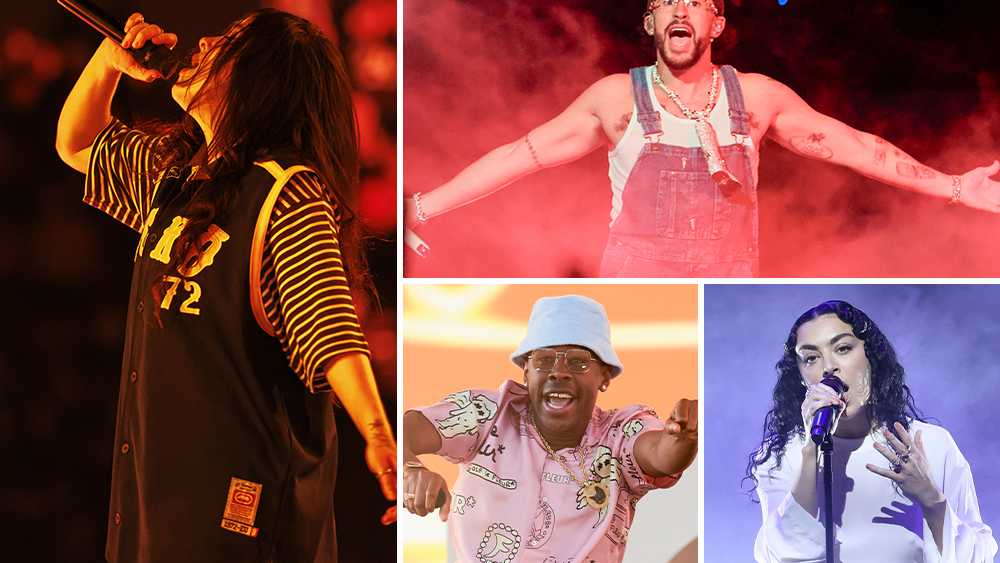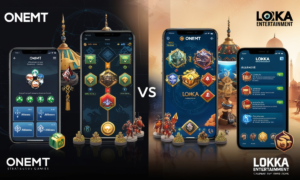The Global Phenomenon Begins in South Korea
How K-Pop Took Over Global Pop Culture. K-pop, short for Korean pop music, began its rise to global prominence in the early 2000s, but it wasn’t until the last decade that it firmly cemented itself as a dominant force in worldwide pop culture. Originating from South Korea, this genre blends catchy melodies, sharp choreography, stylish visuals, and meticulously crafted idols into a polished entertainment package. What sets K-pop apart is its holistic approach to entertainment, where idols aren’t just singers—they’re dancers, actors, fashion icons, and social media influencers. The training system in South Korea is intense and lengthy, preparing young artists to excel in every performance aspect before debuting. This level of professionalism and dedication struck a chord internationally, especially with the rise of digital platforms that made K-pop easily accessible to fans across continents.
BTS and BLACKPINK: The Global Trailblazers
No conversation about K-pop’s global dominance is complete without mentioning BTS and BLACKPINK—two groups that redefined what it means to be global superstars. BTS, managed by Big Hit Entertainment, took the world by storm with their socially conscious lyrics, polished performances, and strong fan engagement through platforms like Twitter and Weverse. They became the first Korean act to top the Billboard Hot 100 and sell out stadiums worldwide, from Los Angeles to London. BLACKPINK followed closely, becoming the most followed girl group on YouTube and performing at Coachella, a historic first for K-pop female groups. Their music, fashion, and multilingual presence helped break the language barrier, proving that music truly transcends borders. Both groups’ influence helped pave the way for many others to follow, creating a ripple effect that boosted the entire industry on a global scale.
Social Media and Fan Engagement: The Secret Sauce
K-pop owes much of its international success to the internet and social media. Platforms like YouTube, Twitter, TikTok, and Instagram allowed K-pop agencies and artists to directly connect with global fans, known as “stans.” These fans don’t just consume content—they actively promote it. Fanbases like ARMY (BTS fans) and BLINKs (BLACKPINK fans) are known for organizing massive streaming parties, voting in global award shows, and even crowdfunding billboards in major cities to celebrate idol birthdays. The community-driven nature of K-pop fandom creates a sense of belonging, especially among younger audiences. These fans often learn Korean phrases, follow Korean trends, and immerse themselves in the culture, helping Korean soft power expand significantly around the world.
Fashion, Aesthetics, and the Influence on Youth Culture
Beyond music, K-pop has made a significant mark on global fashion and aesthetics. Idols are trendsetters, often working with luxury brands like Chanel, Dior, and Louis Vuitton. Their ever-changing styles, from hair colors to runway-worthy outfits, influence millions of fans who replicate looks and follow beauty routines seen in K-pop videos. Makeup trends like gradient lips, glass skin, and natural contouring gained international popularity through idol promotions. This merging of music with fashion and beauty has contributed to the genre’s appeal beyond just its songs—fans engage with the lifestyle and image that comes with being a K-pop fan. Fashion weeks in Paris, New York, and Milan now regularly feature K-pop stars in the front row, signaling the industry’s recognition of their global impact.
Breaking Cultural and Language Barriers
One of the most remarkable aspects of K-pop’s success is how it has managed to break down cultural and language barriers. While most K-pop songs are primarily in Korean, they often include English hooks or verses to increase accessibility. However, fans worldwide prove that understanding every lyric isn’t necessary to enjoy and feel connected to the music. Subtitled content, fan translations, and accessible media have allowed global audiences to engage with K-pop meaningfully. Furthermore, many K-pop idols speak multiple languages or come from different cultural backgrounds themselves, such as Lisa from Thailand, Mark from Canada, and Felix from Australia. This diversity helps international fans feel seen and included in the movement, creating a truly global fanbase that goes beyond national borders.
The Industry’s Expansion and Economic Impact
K-pop has also evolved into a major economic force, not just in Korea but internationally. The genre contributes billions to South Korea’s GDP, drives tourism, and boosts exports of Korean cosmetics, fashion, and technology. Major labels like HYBE, SM, JYP, and YG have launched international subsidiaries, talent hunts, and collaborations with global artists. We’ve seen BTS work with Coldplay, BLACKPINK collaborate with Lady Gaga, and groups like ATEEZ perform on American television shows. These crossovers help K-pop enter mainstream media conversations and gain respect in the global music scene. Additionally, streaming platforms like Spotify and Apple Music have expanded their K-pop sections, while Netflix has invested in idol documentaries and K-dramas, further enhancing the global appetite for Korean entertainment.
Criticisms and Challenges in a Growing Industry
Despite its success, the K-pop industry isn’t without criticism. Issues like overworked idols, lack of privacy, intense pressure to maintain perfection, and strict contracts have sparked debates both within South Korea and abroad. Fans and critics alike have raised concerns about the mental health of idols, especially in the wake of tragic losses in the industry. There is also growing discourse around improving industry standards, increasing transparency, and ensuring artists are treated ethically. These conversations are crucial as K-pop continues to expand; the spotlight also brings responsibility. Agencies have started taking steps to support artists’ well-being, with some even incorporating mandatory breaks and therapy sessions into contracts.
The Future of K-Pop in a Post-Digital World
Looking ahead, K-pop’s influence shows no signs of waning. As technology evolves, virtual reality concerts, AI idols, and metaverse fan experiences are becoming part of the K-pop ecosystem. At the same time, new groups are emerging with bold concepts and experimental sounds, showing that innovation is the lifeblood of the genre. With its strong foundation in storytelling, community, and visual spectacle, K-pop continues to inspire fans across age groups and geographies. Whether it’s through dazzling choreography, emotional ballads, or bold fashion statements, the world is watching—and dancing along. The rise of K-pop is more than a trend; it’s a cultural shift that is rewriting the rules of global pop stardom.






























